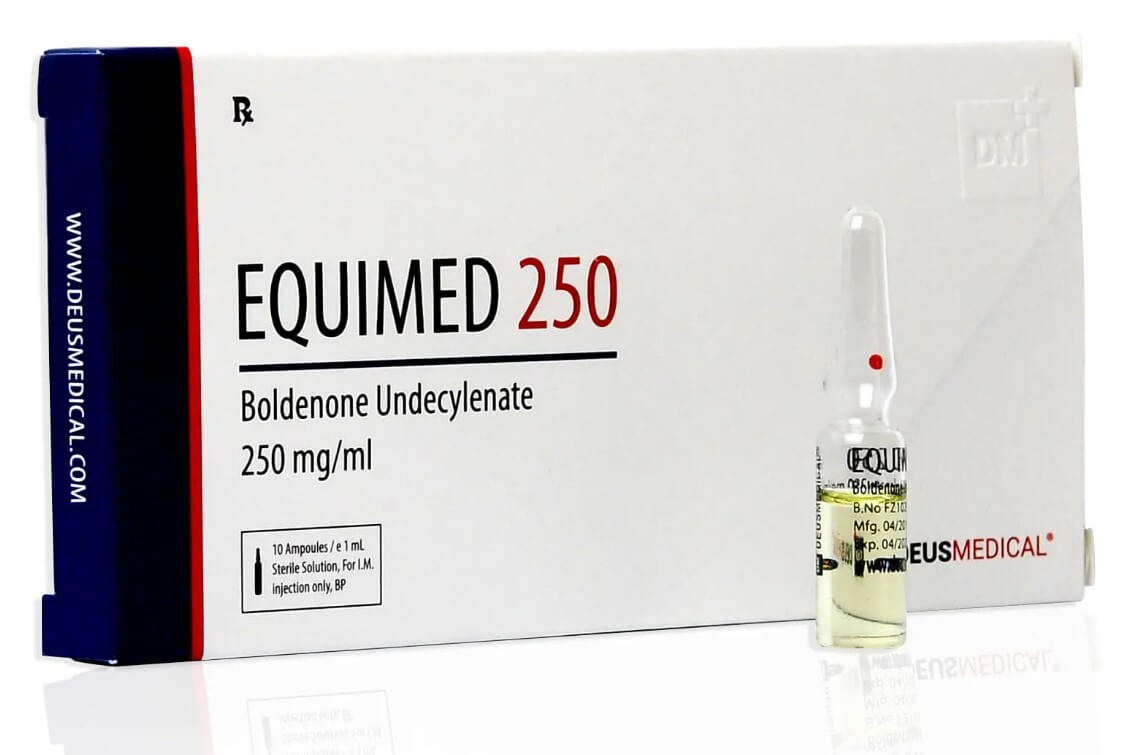Boldenone Diet
(The Optimal Diet and Nutrition Plan For Your Boldenone Cycle)
Sensible Nutrition
We’ll first address the nutritional aspect of optimising boldenone, as it is arguably the most important before discussing the best training methods for delivering the solid results you’re looking for.
Depending on whether you are performing a cut or a bulk, you’re going to need to eat according to two very different “blueprints”.One blueprint (the cut) involves eating in accordance with roughly a 500-calorie deficit, whereas the other involves eating in accordance with roughly a 500 calorie surplus. In order to find out precisely how many calories you need to eat per day, you should first head to www.freedieting.com and use the “daily calorie totals” calculator on the left hand side of the page.
Once you have done this (you must answer all of the relevant questions honestly), you will be provided with a calorie total for maintenance, fat loss, extreme fat loss, and if you require it, muscle gain (you can select “muscle gain” as an option in the drop-down menu of the calculator.)
Please note that when cutting, you should start by using a calorie total that lies somewhere in between fat loss and extreme fat loss – should you select the “extreme” fat loss option, you may stand to lose muscle in conjunction with the reduction in fat. When bulking, an additional 300-500 calories should suffice – after monitoring your progress on a weekly basis, this count may need to be progressively increased by 100 calories per week. This isn’t all there is to it though, you also need to split those calories into nutrient ratios.
You can do this by selecting the nutrient ratio calculator on the left hand side of the page as per the daily calorie total calculator. From there, you will be presented with a menu of options from which to choose your desired ratios. You can tweak the percentages yourself, but as a rule of thumb: the “low-carb” option works well for cutting with, and the “moderate” or “moderate II” option works well for an off-season plan. It’s then up to you to choose how many meals you’d like to eat per day, and the calculator will split your nutrients across these meals accordingly.


Superlative Diet
It’s then important that you structure these daily meals using a combination of low GI carbohydrates, lean protein sources, healthy fats (omega 3 and 6) and plenty of green and leafy vegetables. You can’t just fill the numbers using anything you like, as your body won’t get the nutrients it needs to achieve your desired goal. Far too often (in fact, this could be the case up to as much as 85% of the time) people don’t see the results they want from using steroids and training in general because their nutrition isn’t on point.
Please note that the boldenone’s price should be considered in conjunction with the above high-quality food varieties. Believe it or not, some people spend on their steroids, but try to cut corners with everything else from their cycle support to their food – then they wonder why they see minimal results.
If you want to do this properly, you need to commit to making this a financial, physical and emotional priority – if you’re willing to use pharmaceutical grade compounds to enhance your physique, then chances are that your desire to make a serious change is high. With that in mind; don’t cut any corners.
Taking a steroid like boldenone isn’t a decision you should make lightly, and if you’ve opted to do it, then you need to do your decision “justice” by getting everything “right.” If you follow the above guidelines, you’ll definitely capitalize on your results.
Boost Your Boldenone Cycle With These 5 Essential Supplements
With your diet and training on track, supplements can make a huge difference to your results, greatly enhancing the efficiency of various bodily digestive and muscle building processes. Here are our top 5 essential supplements you should be using.
Glutamine
Glutamine is the most common amino acid found in your muscles. It has various valuable roles within the body, including slowing the breakdown of muscle tissue during intense exercise and transporting nitrogen to your muscle cells. After an intense workout it can take up to 6 days for your glutamine levels to return to normal, so by adding a glutamine supplement to your diet you will recover at a much faster rate.
Branched-Chain Amino Acids
BCAAs (valine, leucine and isoleucine) are used by your body to aid recovery, drive nutrients to muscle tissue and protect your muscles from the catabolic effects of dieting by acting as an alternate energy source. BCAAs make up 1/3 of muscle protein and aid its digestion and absorption. A deficiency in any one of these amino acids will cause muscle loss.
Whey Protein
Protein is an essential building block of muscular growth and is especially handy for hard gainers and everyone who is bulking. Protein powders and drinks are an excellent way to ensure you are getting enough protein without going over your daily calorie goals. It is typically consumed before and after your workout to trigger growth, recovery and restoration.
Creatine
Creatines primary function is to help you workout with extra intensity. Is accomplishes this by replenishing the high energy compound, creatine phosphate. Once your body uses up its store of creatine phosphate, you feel like you’ve hit a wall and your energy rapidly diminishes.
While diets high in creatine can help with this, if you’re lifting heavy weights you will still need to take creatine to bridge the gap.
Beta-Alanine
Beta-Alanine is a non-essential acid that increases the bodies level of carnosine by up to 60%. This delays and in some cases prevents the formation and effect of lactic acid buildup. In turn, this leads to an elevated level of endurance, delayed fatigue and improved force output. It increases the amount of work you can perform at high intensities.
Should you be cutting, you’ll need to:
- Adhere to the 7-10 rep range
- Incorporate plenty of supersets
- Include a higher volume (15-20 rep range) every couple of weeks
- Perform predominantly isolation exercises, with only one or at maximum two compound movements being present per session
- Use perfect form and never allow a body part that isn’t being targeted to “drive” an exercise
- Ensure your rest periods are between 30-60 seconds max
- Perform 5-6 sets per exercise
- Spend no longer than one hour training
These guidelines will optimise your muscular visibility whilst helping to reduce body fat at the same time.
For those training in the off-season, you’ll need to:
- Adhere to the 6-8 rep range
- Ensure that your session primarily consists of compound free weight exercises, covering all areas of the muscle
- Include a couple of isolation exercises
- Never lift a weight that you can’t control using only the muscle being targeted
- Perform 3-4 reps per exercise
- Incorporate rest periods of anywhere between 1 minute 30 seconds and 2 minutes
- Every couple of weeks, perform a “heavy” day whereas you delve into the 4-6 rep range on exercises
- Spend no longer than one hour training



